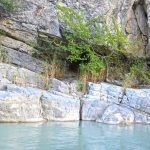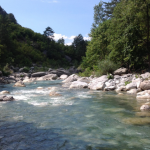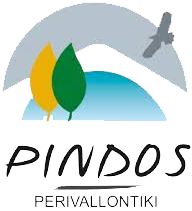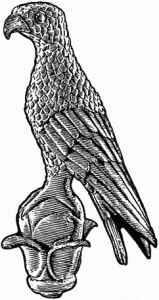AOOS
Project info
Dr. Vassiliki Kati. Coordinator
Maria Petridou, agronomist, PhD student (BCL/UOI)
Theodoropoulos Yiannis, Environmental Scientist/ MSc (PP)
Nikos Mpoukas, biologist, MSc student (BCL/UOI)
Tonia Galani, MSc student (BCL/UOI)
Goal
Research objectives
- Provide a georeferenced biodiversity database, focusing on the unprotected part of Aoos river basin
- Map the distribution of otter and assess threats from the planned hydropower stations
- Assess the ecological value of Aoos in terms of dragonfly diversity
- Map the distribution of large mammals in Aoos basin
- Provide the scientific evidence for supporting the creation of a bilateral Greek-Albanian protected area for Aoos river
Actions
1.
Camera trapping of terrestrial large mammals
2.
European otter survey
3.
Recording Odonata species
4.
Result dissemination
Results
Publications
Kati V., Petridou M., Theodoropoulos Y., Bukas N. 2019. Contribution to biodiversity knowledge of the Aoos River Basin / Greece. Pindos Perivallontiki, 65pp
Project impact
The entire Aoos River and its tributaries are now protected!
In November 2023, the Greek Ministry of Environment decided to protect the entire Aoos River Basin. The relevant decision was published in the Government Gazette under the title “Characterization of part of the Aoos river basin as a protected landscape and protected natural formation” (Government Gazette B 6679/27-11-2023)

Science for policy
Our research has contributed scientific evidence to achieve the protection status of Aoos river basin. BCL was part of the conservation endeavor led by the coalition “Save the Blue Heart of Europe” to protect Aoos river basin from the hydropower plans and other unsustainable and destructive activites.

Press release
See the common press release from the NGOs involved, under the coalition “Save the Blue Heart of Europe”



